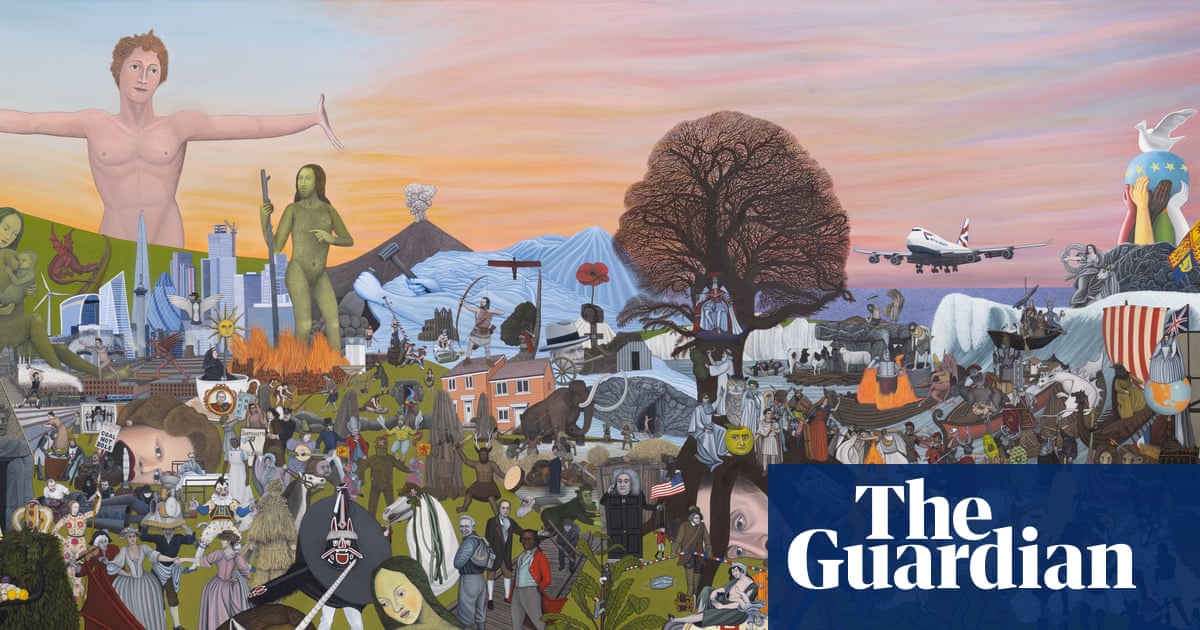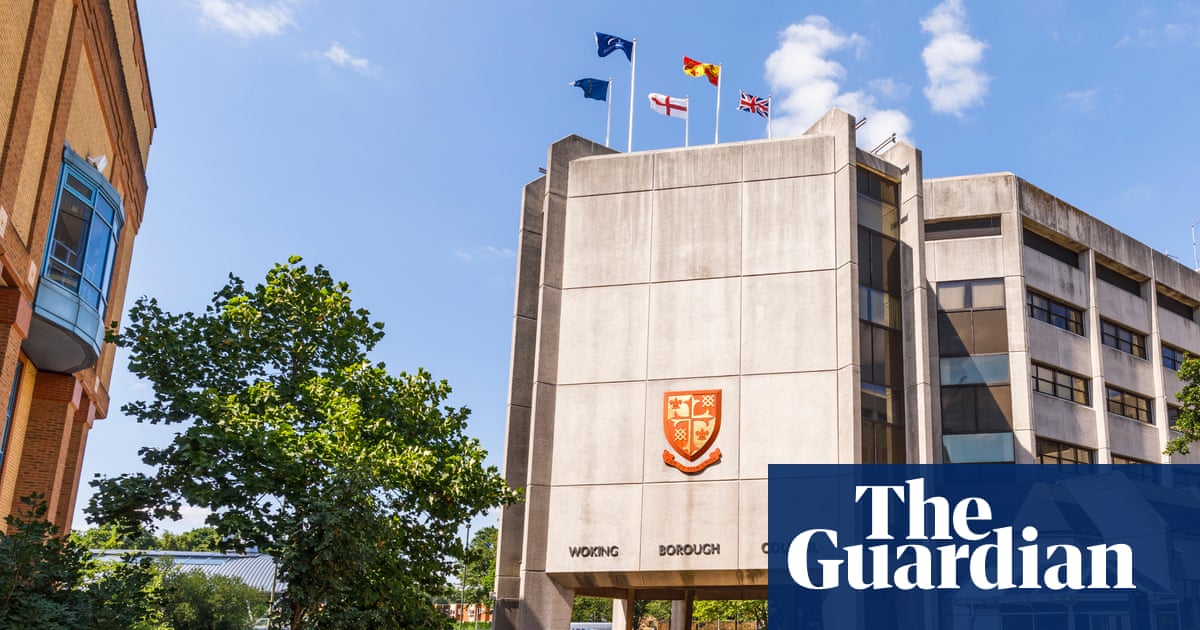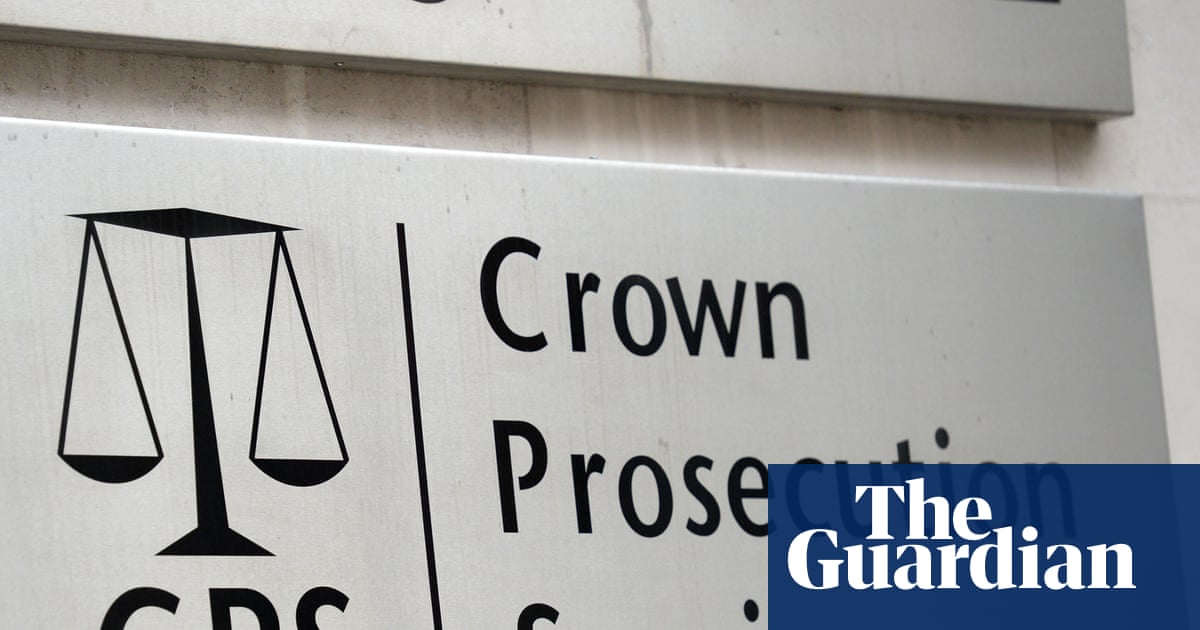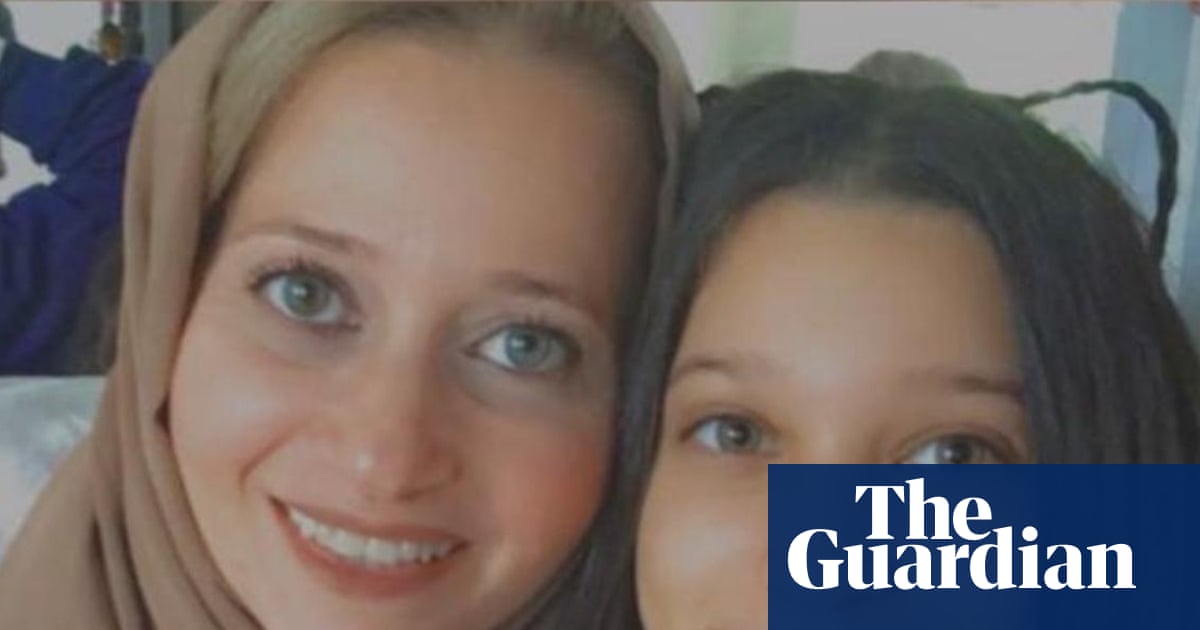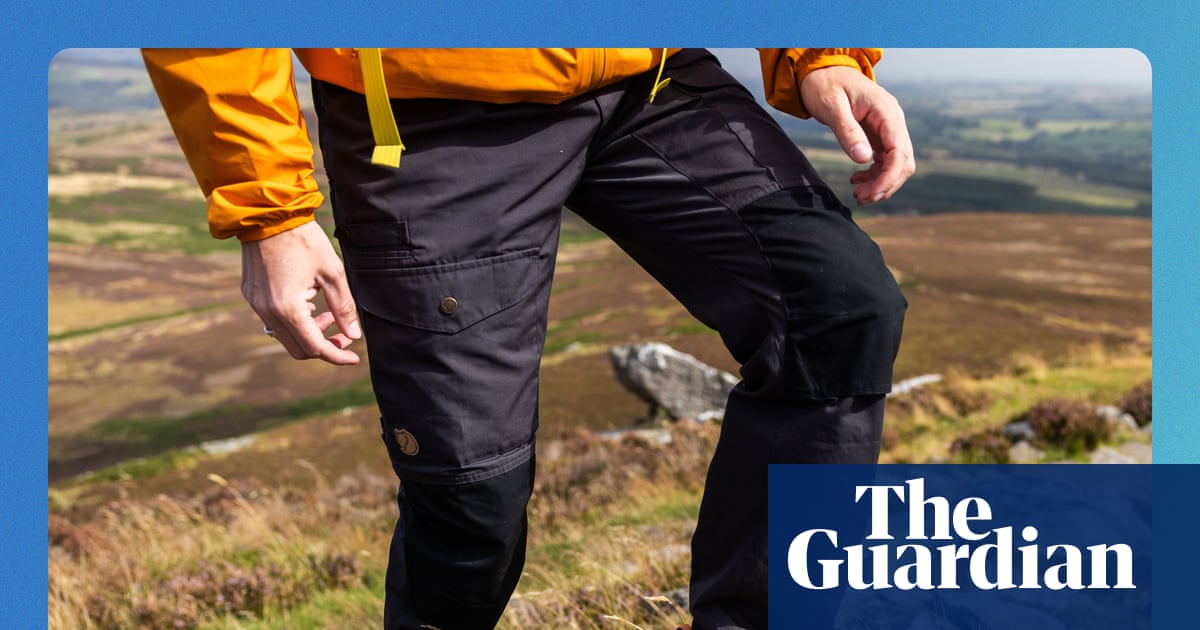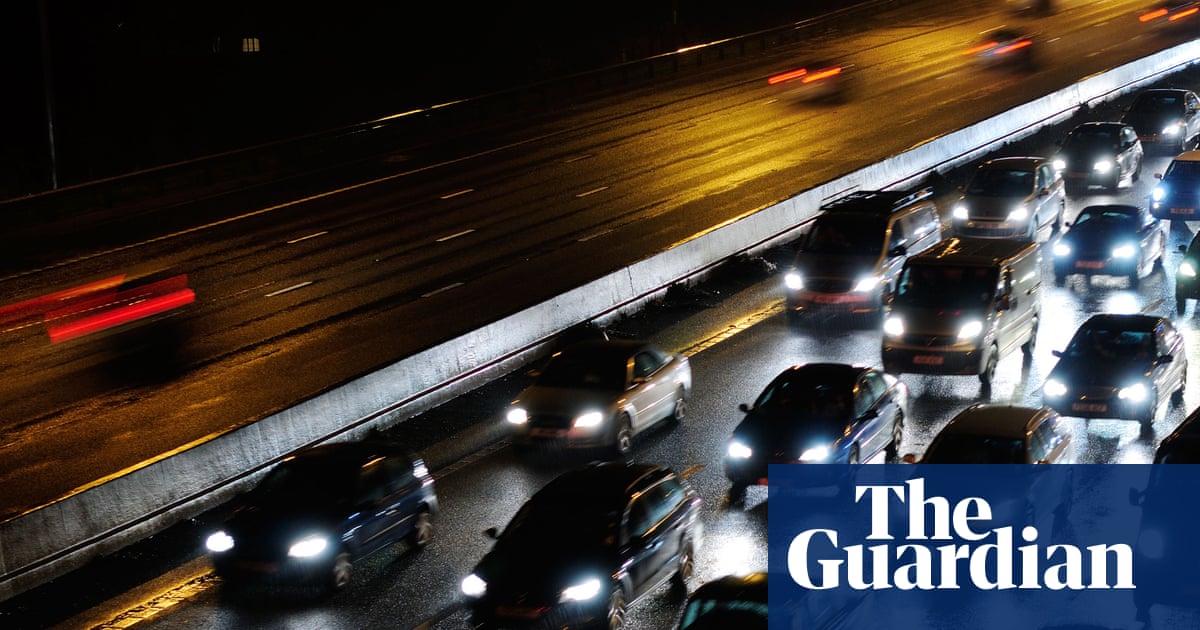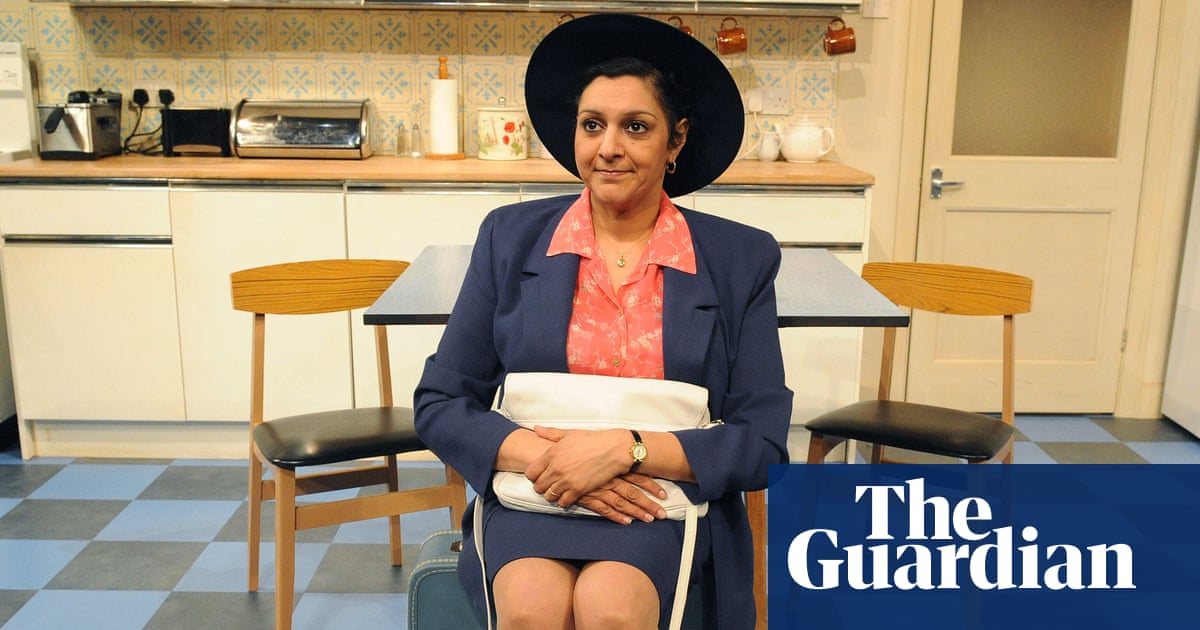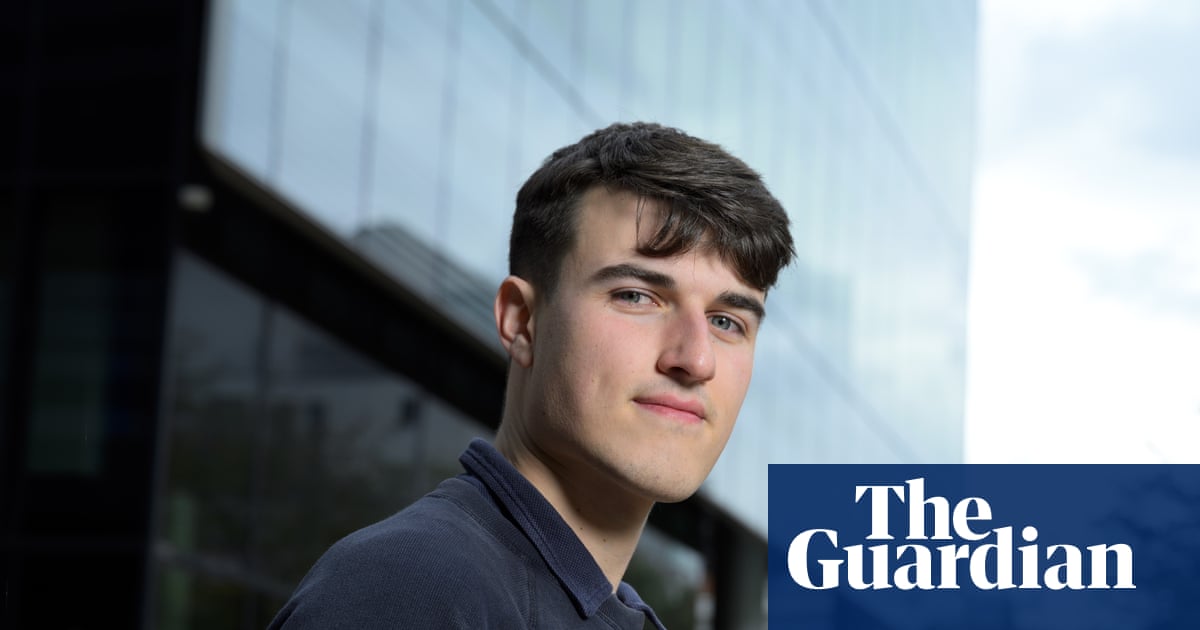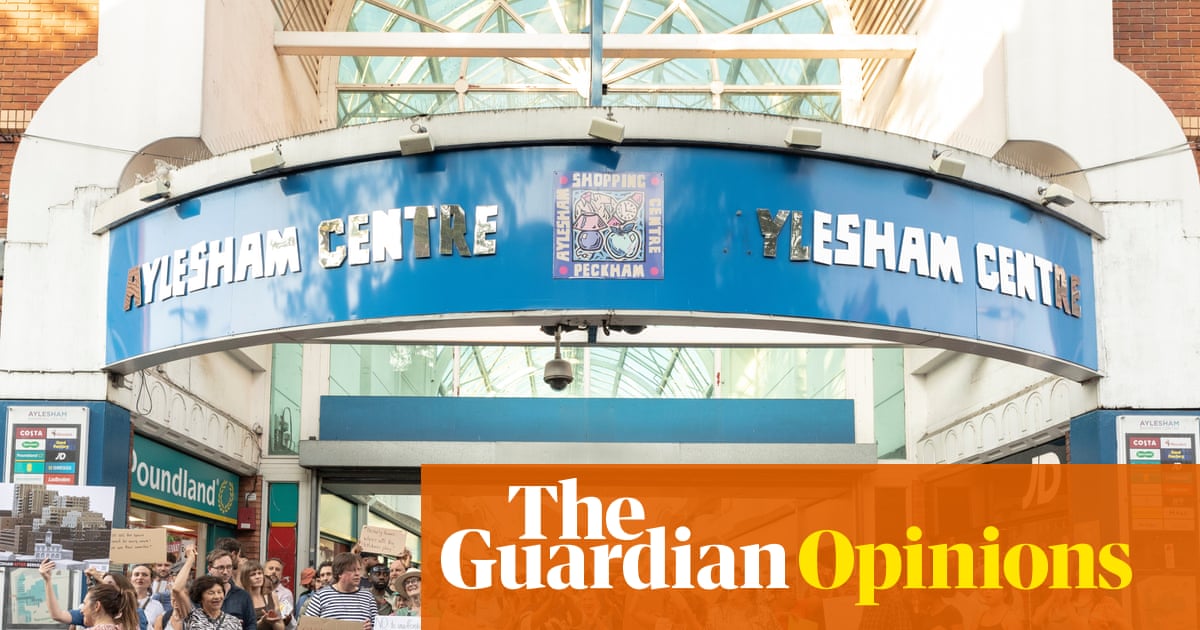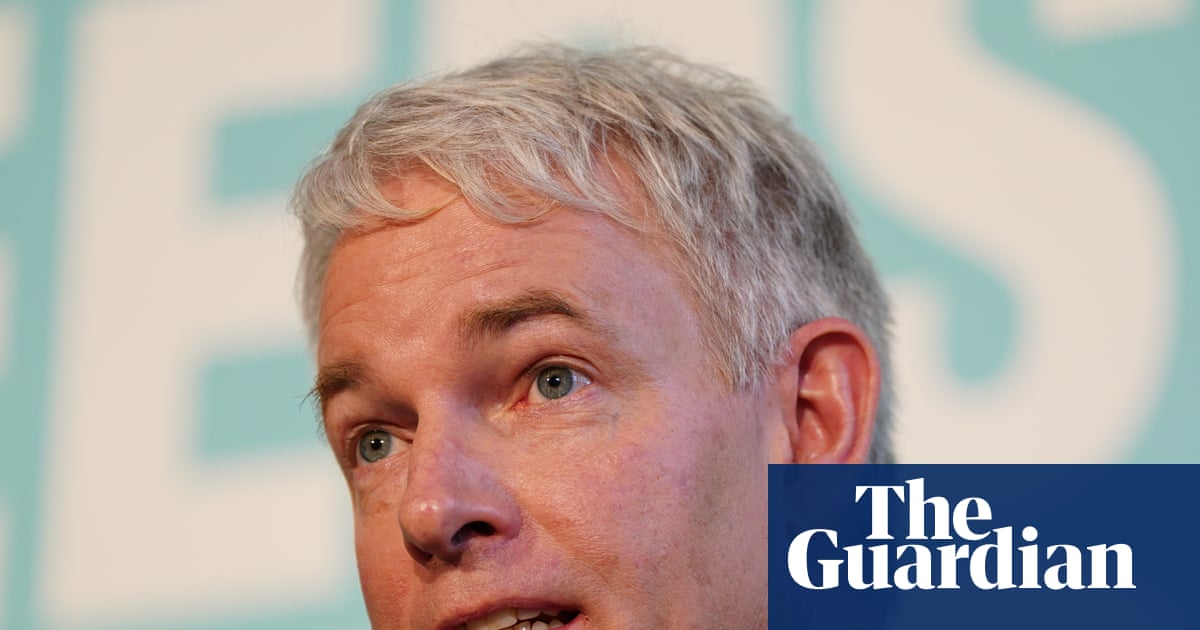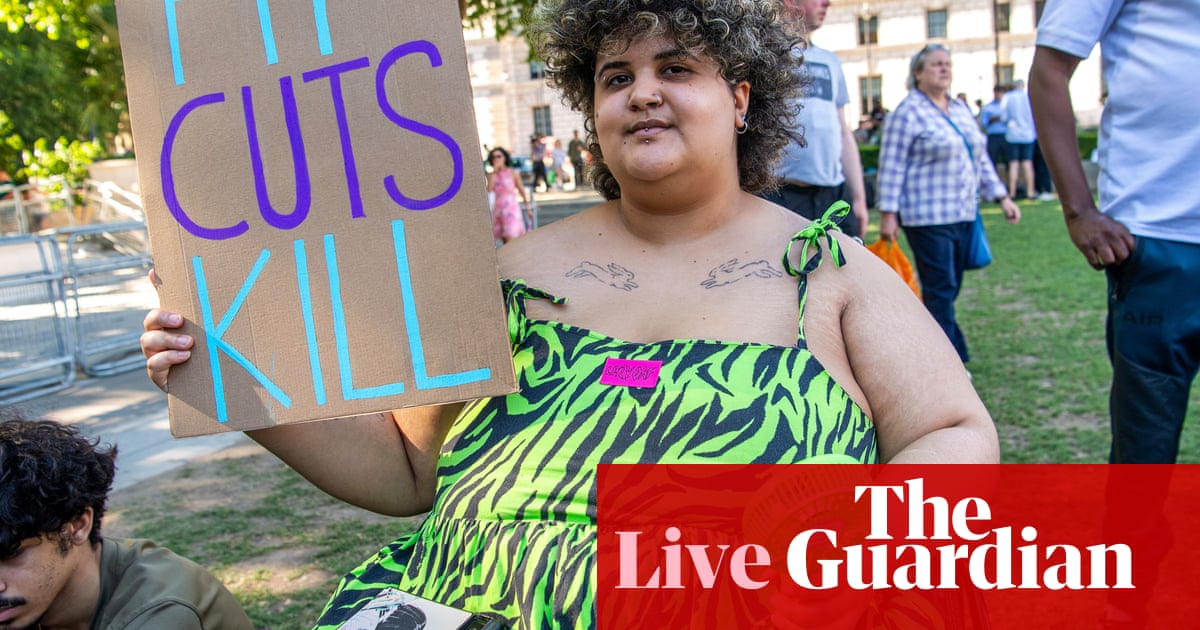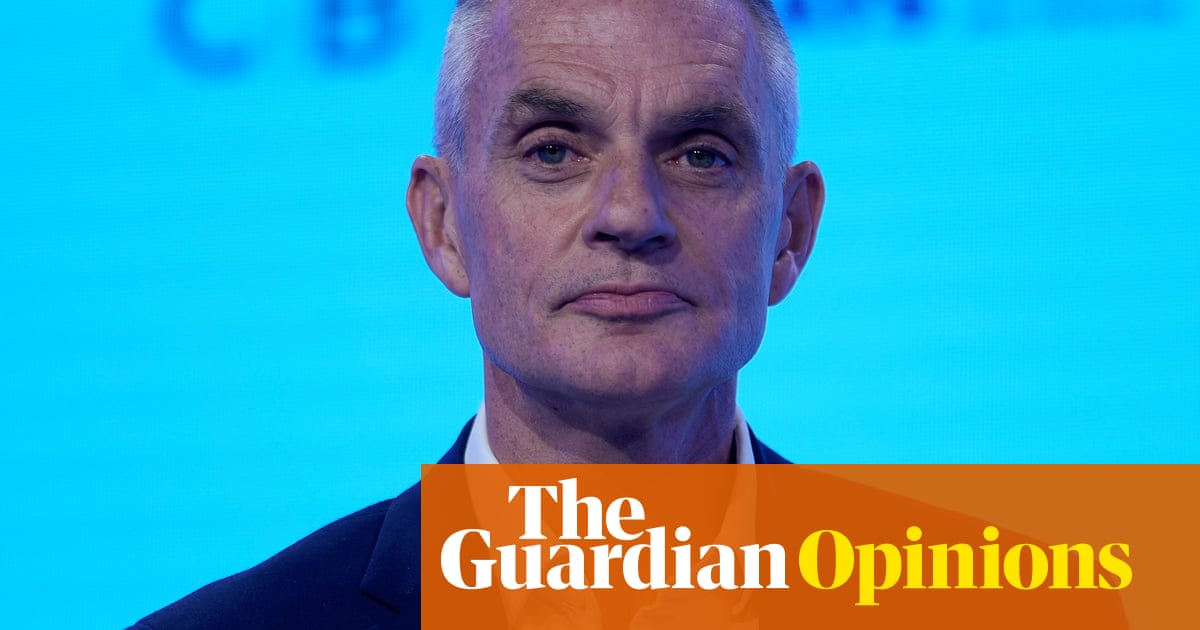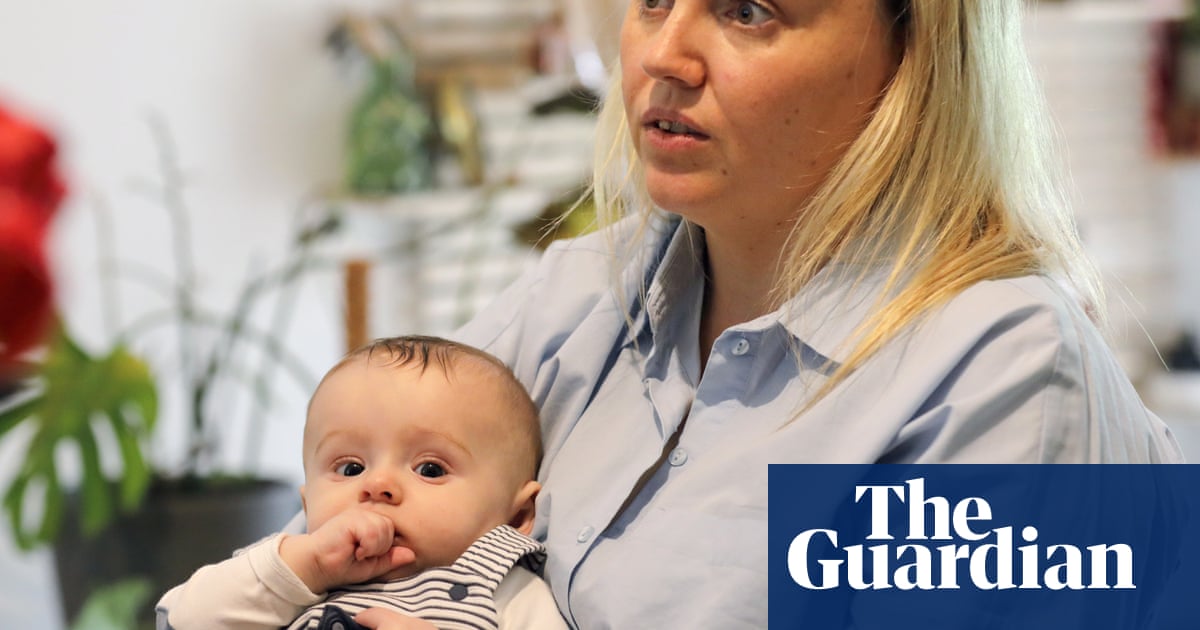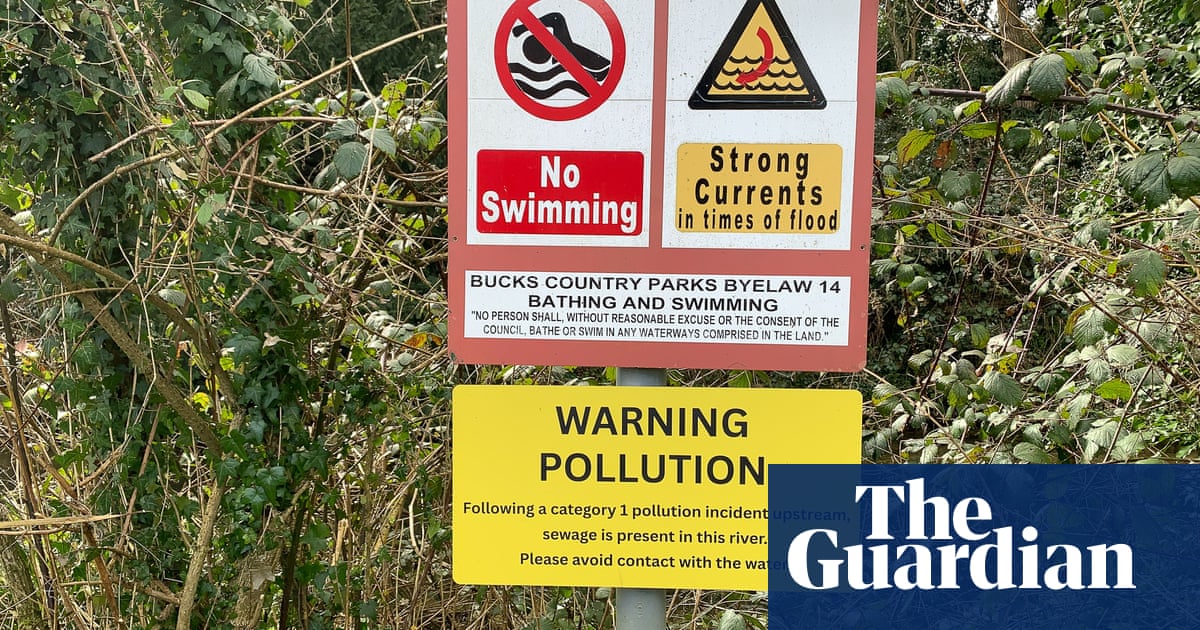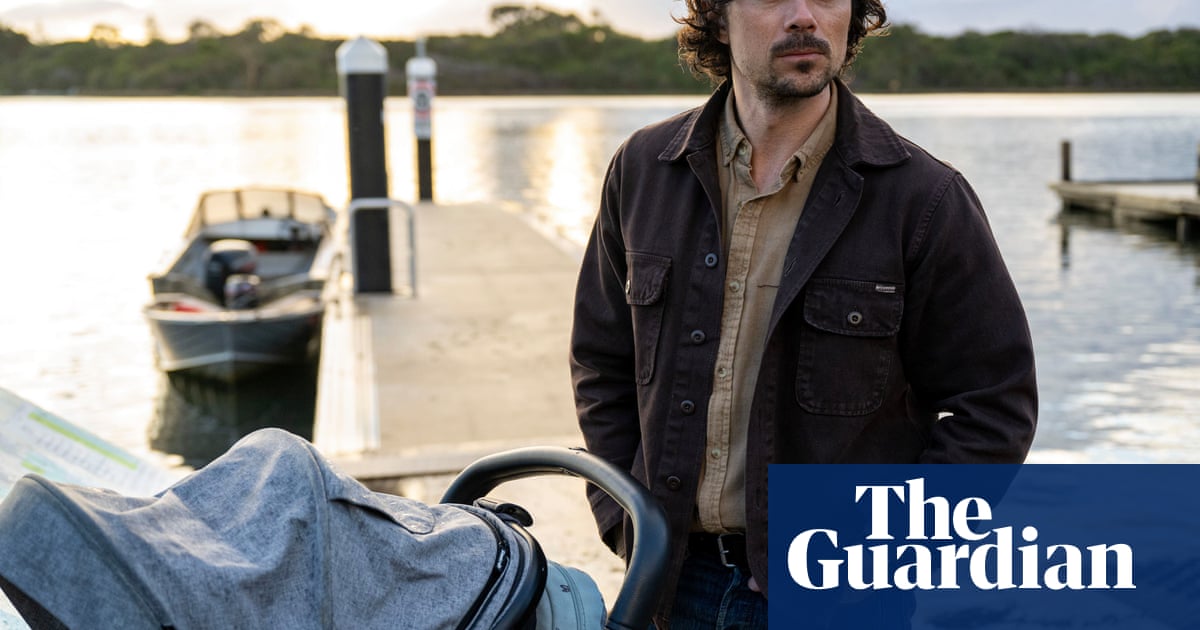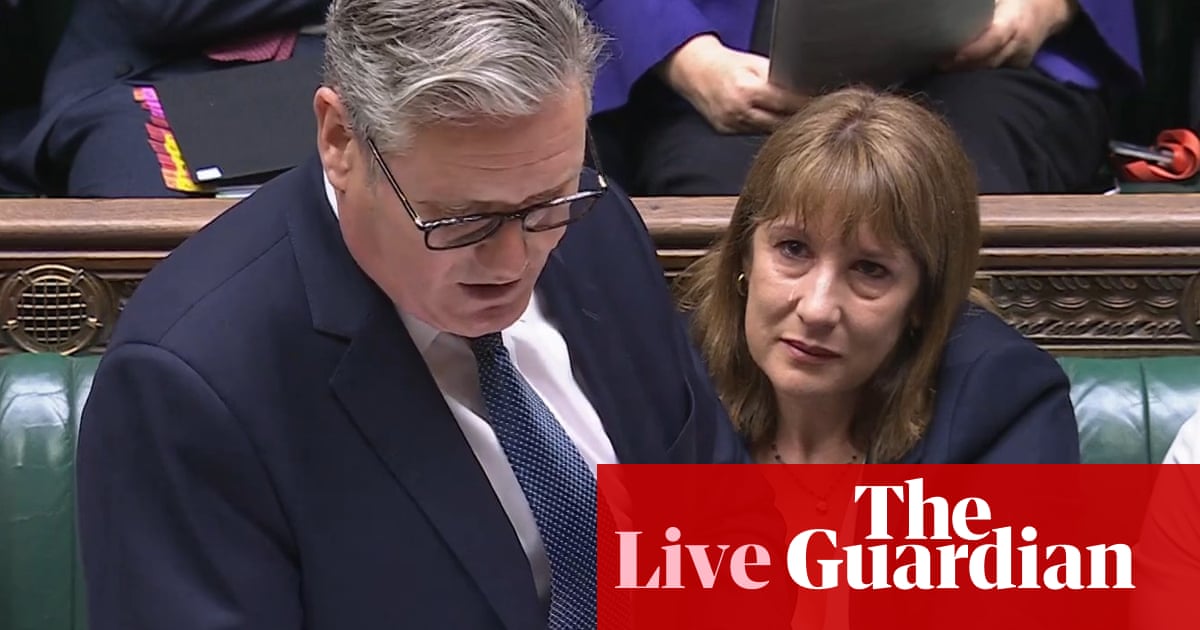The endless, sticky mud that coated the streets of Valencia, sucking at the boots of survivors and residents, is gone now. As are the jumbles of wrecked cars and the mountains of sodden, ruined belongings that had begun to stink in the humid coastal air.
But one year on, lingering evidence of the worst natural disaster to befall Spain this century is everywhere. Walk through the gaping, still-doorless entrance to a block of flats in the Benetússer neighbourhood, on the southern outskirts of the city, and there is a small sign on the wall, positioned 2.5 metres (8ft) above the floor. It reads: “The flood waters rose this high on 29 October 2024.”
A sticker on the front of the building, one of many around here and beyond, shows the regional president, Carlos Mazón, smiling and holding out his bloodstained hands.
As parts of the wider Valencia region were flooded by the torrential rains that in some areas brought a year’s worth of rainfall in eight hours, and as people were drowning in their cars, homes and garages, Mazón, a member of the conservative People’s party (PP), was having a four-hour lunch with a journalist.
By the time his administration sent an emergency alert to mobile phones at 8.11pm that day, most of the disaster’s victims were already dead. All told, it killed 229 people in Valencia, seven in neighbouring Castilla-La Mancha and one person in Andalucía. According to government figures, nearly 60,000 homes, about 105,000 cars and more than 10,000 shops were damaged or destroyed.
The fury many feel towards Mazón is evident in the sticker’s caption: “Mud on our [hands]. Blood on his.” The two words beneath that slogan require no translation: “Mazón criminal”.
That rage was apparent on Saturday night, when more than 50,000 people marched through Valencia in the latest of a series of protests demanding his resignation. A recent survey found that 75% of Valencians believe Mazón should quit.
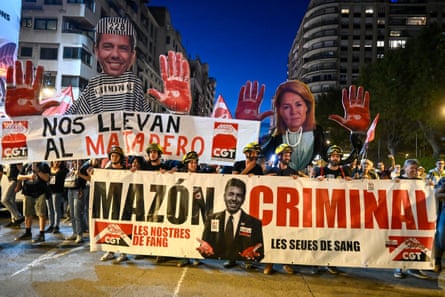
If the catastrophe has unleashed familiar political squabbles and prompted judicial and parliamentary investigations, it has also laid bare Spain’s excruciating vulnerability to the climate emergency. Like the wildfires of recent summers, the floods have shown just how quickly and mercilessly the environment is changing across the Iberian peninsula.
“If we don’t want to bequeath our children a Spain that’s grey from fire and flames, or a Spain that’s brown from floods, then we need a Spain that’s greener,” the country’s socialist prime minister, Pedro Sánchez, said last month as he announced a 10-point plan to prepare the country for the climate emergency.
But the fires and floods have also highlighted how politicised the climate crisis has become in Spain.
The PP, which has so far stood by Mazón, has accused Sánchez of trying to use the climate preparation plan to cover up the slew of corruption allegations that have attached themselves to his family, his government and his party.
Meanwhile, the far-right Vox party has sought to blame the “psychopath” prime minister and his “leftwing, environmentalist” policies for the deaths and destruction.
Such talk does little to allay suspicions that if half the country were on fire and the other half underwater, many of Spain’s elected representatives would want to establish whose fault it was before they reached for hoses or buckets.
All of them are being urged to listen to the voices of those who have suffered, and those who continue to suffer the consequences of what happened in Valencia. Some are still grieving; some are still in shock, and many remain livid.
Fernando Sánchez managed to hike through the mud to reach his parents’ flat in Benetússer the evening after the disaster. He arrived to see the body of one of their neighbours being carried out. The man, who had died of a heart attack, was placed in a mortuary truck filled with many other bodies.
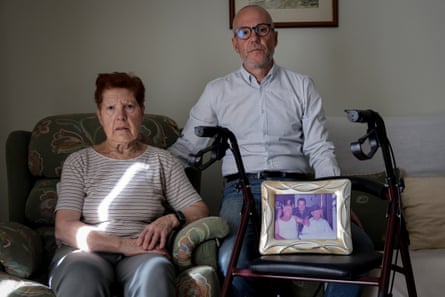
Although his parents survived, thanks to the neighbours who got them out of their first-floor flat and brought them to the third floor – hauling his father, Francisco, who used a wheelchair, up the stairs – the effects of the flood have been punishing.
The lift stopped working when the rains hit and the waters rose to the mark commemorated by the plaque in the entrance hall. That meant that from 29 October last year to the day he died on 17 October this year, Francisco was only able to leave his flat when his son, or Red Cross workers, turned up once a week to carry him down the stairs so he could get some fresh air and nod to his neighbours.
“He’d been used to going out and then he was just here between these four walls,” says Fernando Sánchez, a 54-year-old civil servant. “All his carer could do was push him along the corridor on this floor.”
His father, who was 83 and in very poor health when he died, never complained. But the family is pained at the forced confinement of his final year.
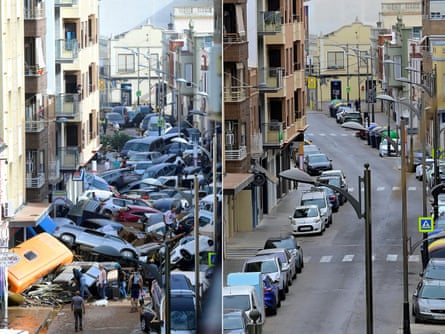
“When my dad did get out, you’d see the change in his face,” says his son. “It really lifted his spirits. He would have died sooner or later anyway, but it would have been nice to be able to give him a better quality of life despite how bad things were.”
With a bit of luck, repair work on the lift will begin this week.
Rut Moyano, the upstairs neighbour who brought Fernando’s parents – and many others – to safety, has since become a member of the Benetússer local emergency and reconstruction committee, a civil society organisation that has been urging the authorities to rethink urban geography and preparedness after the disaster.
Moyano took in many of her neighbours when the floods hit, including Francisco Sánchez and his wife. She also took in the neighbour who had the fatal heart attack that night. He died in her son’s bedroom.
after newsletter promotion
She says neither the anger nor the sense of abandonment have ebbed over the past 12 months. As the first anniversary approaches, all the memories are rising back to the surface.
“People are sad and we’ve lost 229 neighbours,” Moyano says. ‘“For people elsewhere, that’s just a figure. But for us, it’s people we knew by name; people whose stories we knew.
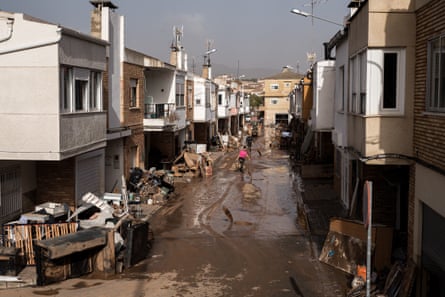
“You feel their absence when you’re out on the street. People are also really furious about the way we were abandoned by the authorities. The official help took so many days to reach us. If we hadn’t organised it ourselves, we would have had nothing to eat or drink.”
Moyano is not impressed by the regional government’s €29bn (£25.3bn) recovery plan – a plan that contains only one reference to the climate crisis across its 686 pages.
“Pouring concrete, which is what’s happening, isn’t right,” she says. “We just can’t keep having so much concrete and so many industrial estates – all that just can’t absorb the water. The emergency response plans also have to be adapted to the climate emergency, and that means recognising that we’re in a state of climate emergency.
Mariló Gradolí, a spokesperson for the Association of Victims of the Floods of 29 October 2024, agrees. “They are continuing with denialist policies when it comes to climate change, they’re not offering people safety solutions, and they’re still not attending to the needs of the people of Valencia,” she says.
Those needs, she adds, go far beyond material losses.
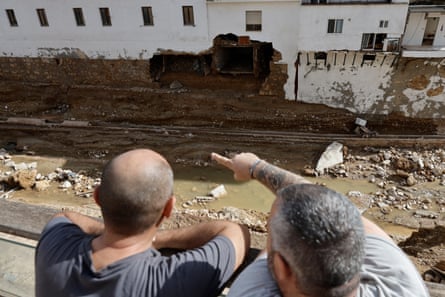
“Some people were holding on to railings for hours or having to smash their ceilings to breathe or to save their loved ones. There’s a huge emotional aftermath to all that. Society is still traumatised and in mourning. We want there to be social, political and judicial consequences.”
As Spain prepares to hold a state funeral for the victims of the disaster, details about the official response are trickling out. It has been confirmed that, after the lunch with the journalist that ended at 6.30pm or 6.45 pm, Mazón accompanied her to her car before finally arriving at the emergency coordination centre at 8.28pm – almost 20 minutes after the belated warning was sent to people’s mobiles.
That was also almost 12 hours after the Spanish meteorological office had put the entire province of Valencia on red alert, warning people of “extreme danger”.
Mazón himself has said there is “no government in the world that has the tools to alter, stop or avoid an episode of torrential rains that end up pummelling historical rainfall records in a given area at a given time”. He has also said he kept up to date with the developing situation by phone.
His lunch guest, Maribel Vilaplana, has been ordered to testify before the judge who is investigating the authorities’ late response.
Mazón’s former interior minister, Salomé Pradas, has told the judge that although she acted “in the best possible way”, she had no experience in dealing with emergencies when she was appointed interior minister three months before the floods.
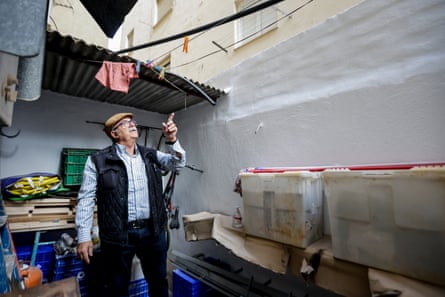
Salvador Ciges, a 72-year-old artist and cartoonist, lost 300 paintings when the flood waters swept through the streets of his neighbourhood in Catarroja.
He, his wife and his daughter escaped the cold, rising waters by climbing the patio walls and knocking on the window of a first-floor neighbour who let them in, thus saving their lives.
Like so many others, he longs for a proper explanation of what happened – and for justice and accountability. But he is not holding his breath.
“What can I tell you about that day?” he says. “There have been no admissions; just lies. What’s not in doubt is that if there had been warning, that huge mass of water – that catastrophe; that apocalypse – would still have come down, and all those cars would have been swept away and all those houses would have been flooded. But there wouldn’t have been as many deaths.”

.png) 12 hours ago
12
12 hours ago
12
